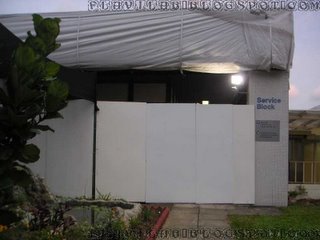Nature 439, 642 (9 February 2006) doi:10.1038/439642b
Journal lays bare remarks from peer reviewers
Emma Marris
Abstract
Cloak of anonymity shed by new publication.
Editors of a journal launched this week are out to revolutionize peer review. By publishing signed reviews alongside papers, they hope to make the process more transparent and improve the quality of the articles. But although journal editors seem intrigued by the experiment, most say they'll take some persuading to change the traditional, anonymous system.
At Biology Direct, an open-access journal launched by BioMed Central on 6 February, manuscript editors and peer reviewers will, in effect, be merged into one editorial board. Prospective authors will approach board members and if three agree to review a paper, it will be accepted. Reviewers' comments will be signed and published with the final paper, along with responses by the author. An author has the right not to make suggested changes, but the suggestions will be there for anyone to see. An author who disagrees with the comments can retract the paper.
Several journals, including the BMJ (British Medical Journal) and the Medical Journal of Australia, have experimented with naming peer reviewers, but Biology Direct is going further by routinely posting those reviews as part of the paper.
"I like the direct relationship the author can have with a reviewer, and the transparency of the end result," says David Lipman, director of the US National Center for Biotechnology Information and one of the journal's lead editors. He believes readers will get a more nuanced picture of science.
"We don't have that artificial, black-and-white situation where, because it got through peer review, it is all fine," Lipman says. "It will be those interactions with the peer reviewers that make it interesting."
Responses to the idea have been positive. "I love the fact that David Lipman is doing this," says Drummond Rennie, deputy editor of the Journal of the American Medical Association. "I have always felt that the only ethically sound system of review was one where everyone knew everyone's identities."
Diane Sullenberger, executive editor of the Proceedings of the National Academy of Sciences, says she'll be watching Biology Direct with interest, although her journal will not open its peer-review system any time soon. "If there was evidence in the literature that open peer review really had a significant advantage over blind review I think we'd see more of it," she says.
Lipman says that the new journal's policies are likely to evolve. "It is an experiment," he says. "But I think the overall approach can't help but succeed. If we are really successful, the better journals will take what they think works from it."









